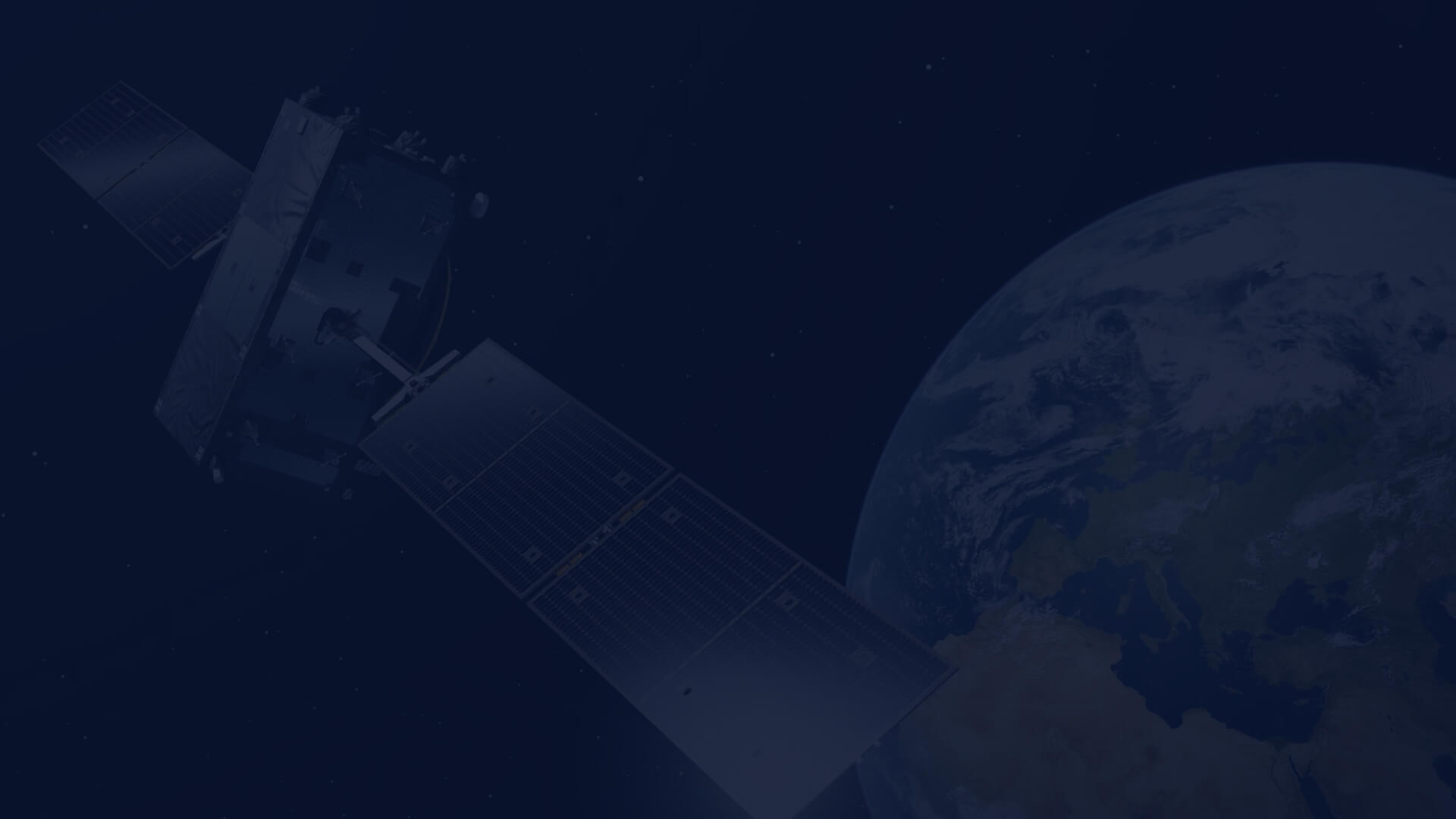Sentinel-6: Monitoring Ocean Changes from Space
Read an article about Copernicus Sentinel-6. It is a satellite mission carried out within the Copernicus programme. Its task is to monitor changes in sea and ocean levels with unique accuracy. The satellite is equipped with advanced altimetric instruments, enabling precise measurements of water surface topography. The data obtained by Sentinel-6 are crucial for studying climate change, analyzing ocean dynamics, and predicting extreme weather phenomena such as hurricanes.
Mapping wetlands fire using AI and Sentinel-2 data
One of Europe's largest wetland complexes, the Biebrza Wetlands in northeastern Poland, forms the Biebrza National Park and is protected under the Ramsar Convention. On April 20, 2025, a fire broke out in the area. To assess the damage, we used Copernicus Sentinel-2 satellite imagery obtained from the CREODIAS service.
Using CREODIAS for oil spills monitoring
While object detection algorithms can be effective for detecting oil spills in satellite images, in this project a U-Net convolutional neural network was chosen for semantic segmentation, this approach produces binary masks that predict where an oil spill may be present.
Satellite-based wildfire monitoring in California using EO data on CREODIAS
See a use case carried out on CREODIAS, where Copernicus Sentinel-2 data was used for analysing wildfires in Los Angeles.
2025 - a year of EO embeddings?
Looking forward to 2025, we anticipate more concrete advancements in Earth observation, particularly through the integration of AI foundation models and embeddings. Foundation models, powerful AI systems trained on extensive datasets are being adapted to interpret satellite imagery with promising results.
Monitoring inland water quality in Poland using Python and Sentinel-2 satellite imagery
With the growth of cities and industry, more and more pollutants have started to find their way into Polish waters. According to many reports, poor condition of water concerns 91.5% of river resources, around 88% of lakes and nearly 100% of transitional and coastal surface waters.
Monitoring Vegetation Using Sentinel-1 Data: the RVI Calculator
The most popular approach to monitoring vegetation involves analyzing optical data. However, this method has limitations - optical data cannot be used during high cloud cover or nighttime.
Potential of the Copernicus data in flood prediction and monitoring
Flooding is one of the most destructive natural disasters, causing fatalities and damage in infrastructure and ecosystems. With observed intensification of extreme events with climate change, the need for effective flood monitoring becomes critical.
Monitoring surface changes of the Pizol glacier in Switzerland using Landsat-5 and Sentinel-2 satellite imagery
Read an article that analyses the surface changes of the Pizol glacier in Switzerland using Landsat-5 and Sentinel-2 satellite imagery, and in particular, Normalized Difference Snow Index (NDSI). A comparison of satellite images from different years shows how the area of the Pizol glacier has been gradually decreasing over the past 39 years.

